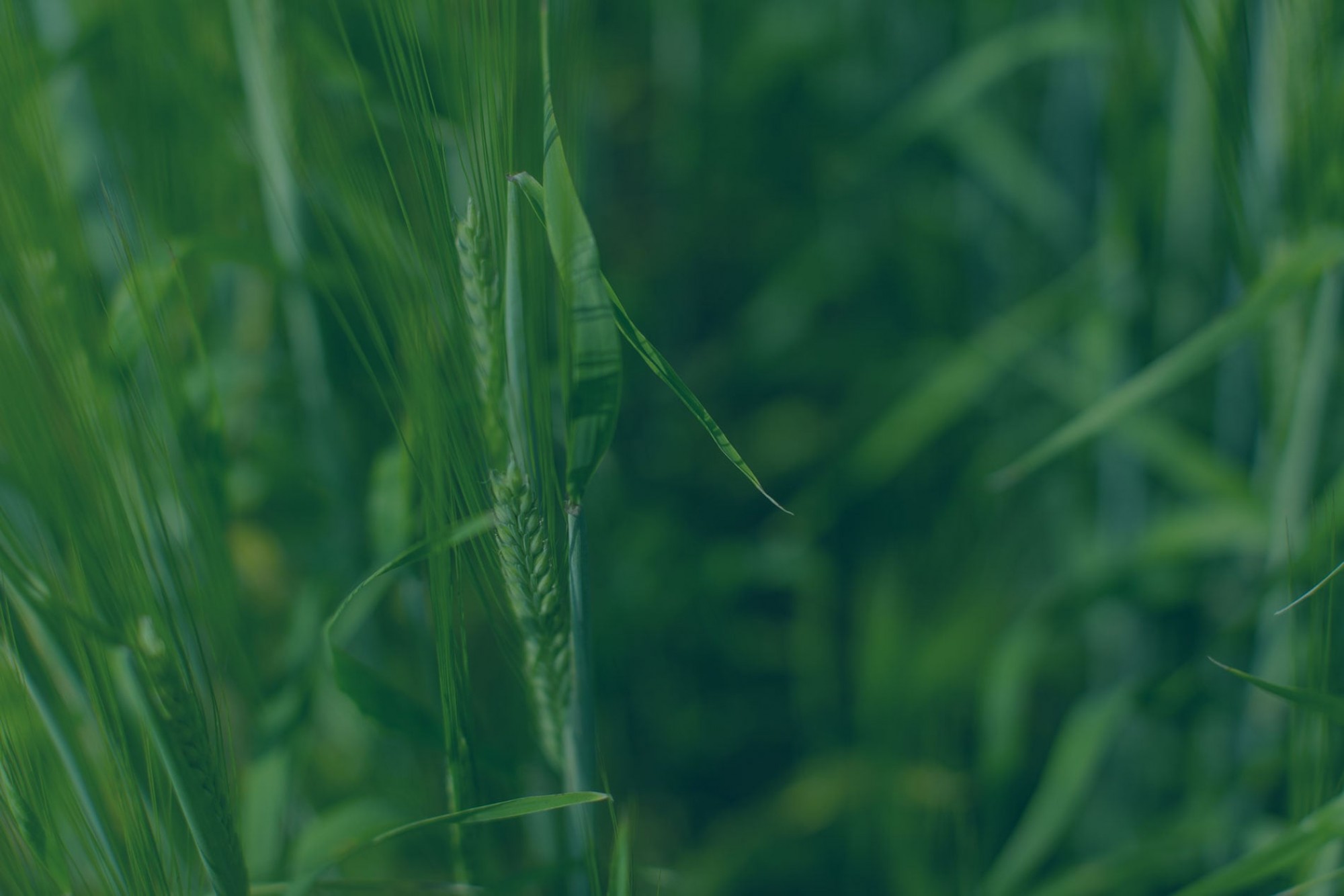Fall Into Control: Mastering Fall Weed Management
Fall is a great time to re-evaluate weed issues and implement fall management practices to give next year’s crop a good start.
Certain regions of the province received mid-harvest rain, pairing with warm fall temperatures and open fields, they are optimum conditions for weeds to thrive. In addition, the seeds that escaped combine can also germinate and become volunteers in warm, open fall.
Scouting is the highly encouraged first step to determine if there are problematic weeds or volunteer crops. Besides weed species and distribution in the field, knowing their life cycle is also crucial to managing them efficiently.
Annual weeds
Common species: kochia, wild oats, lamb’s quarters, redroot pigweed, barnyard grass.
-large.png)
If problematic annual weeds are present in later summer/fall, consider possibilities of spring herbicide misses or potential herbicide resistance. Collect weed seed samples and send to one of the accredited labs to test for herbicide resistance.
-large.png)
Winter annuals
Common species: cleavers, stinkweed, shepherd’s purse, downy brome, flixweed.
Winter annuals start to germinate in late summer/fall. They can overwinter and start growing early in spring, becoming strong competitors with the crops.
-large.png)
Perennial weeds
Common species: Canada thistle, dandelion, foxtail barley, perennial sow thistle.
Perennial weeds keep actively growing in the fall. They can be controlled by either pre-harvest or post-harvest herbicide. For post-harvest herbicide, make sure the targeted weeds have started regrowth. Herbicides need to be actively metabolized by the weeds to be effective.
-large.png)
Some weed species can have multiple life cycles. For example, downy brome can be an annual or winter annual weed. Scouting is a great way to find out which weeds have germinated or continue growing after harvest.
Have questions on the life cycle of the weeds? See Weeds of the Prairies.
Rule of Thumb For Fall Herbicide
Fall herbicide is effective in managing perennial or winter annual weeds that have germinated or continued growing after harvest. Keep in mind, weeds need to be green and actively growing for the herbicide to work. Scout the fields before loading the sprayer. When frost does occur, if weeds are still green and actively growing, wait 3 to 5 days after the frost event to spray a herbicide.
Additional resources:

